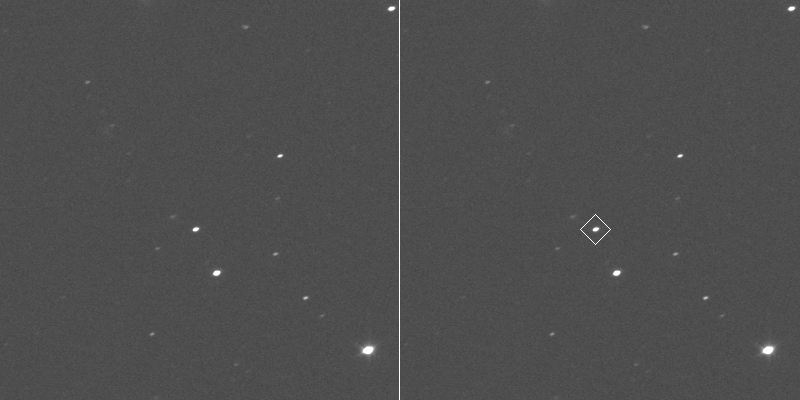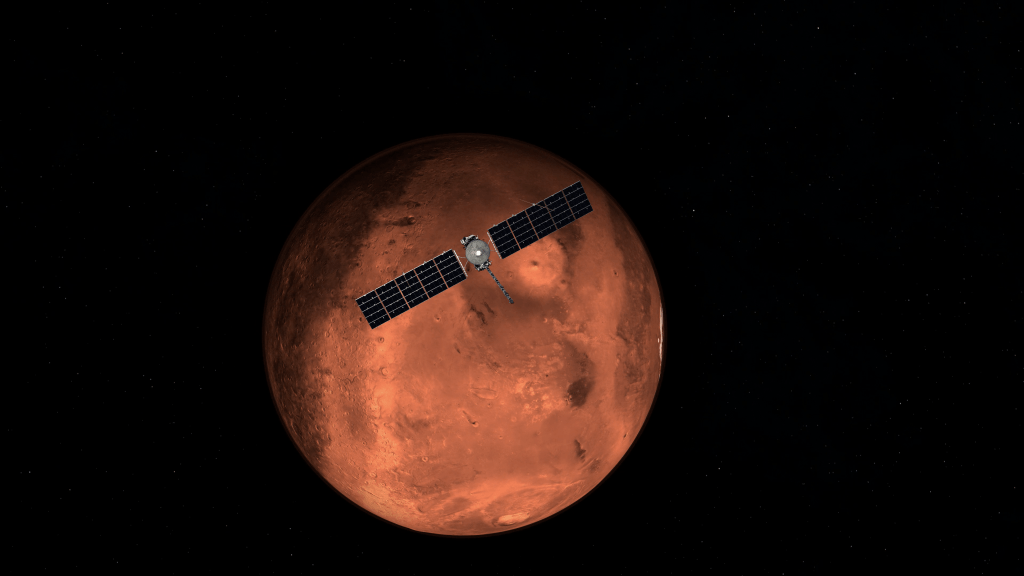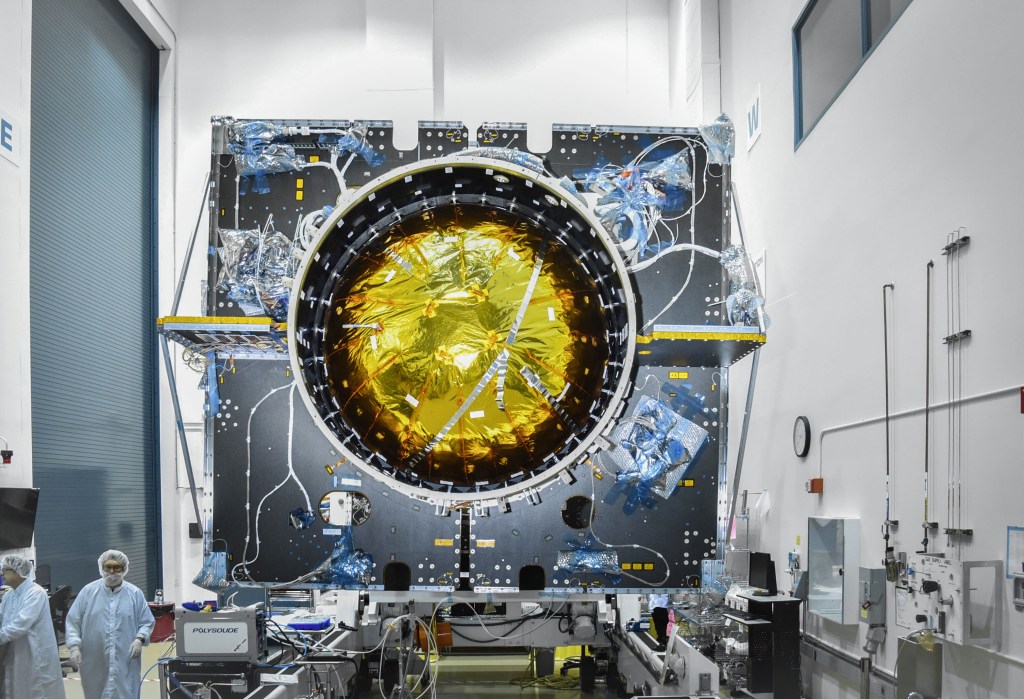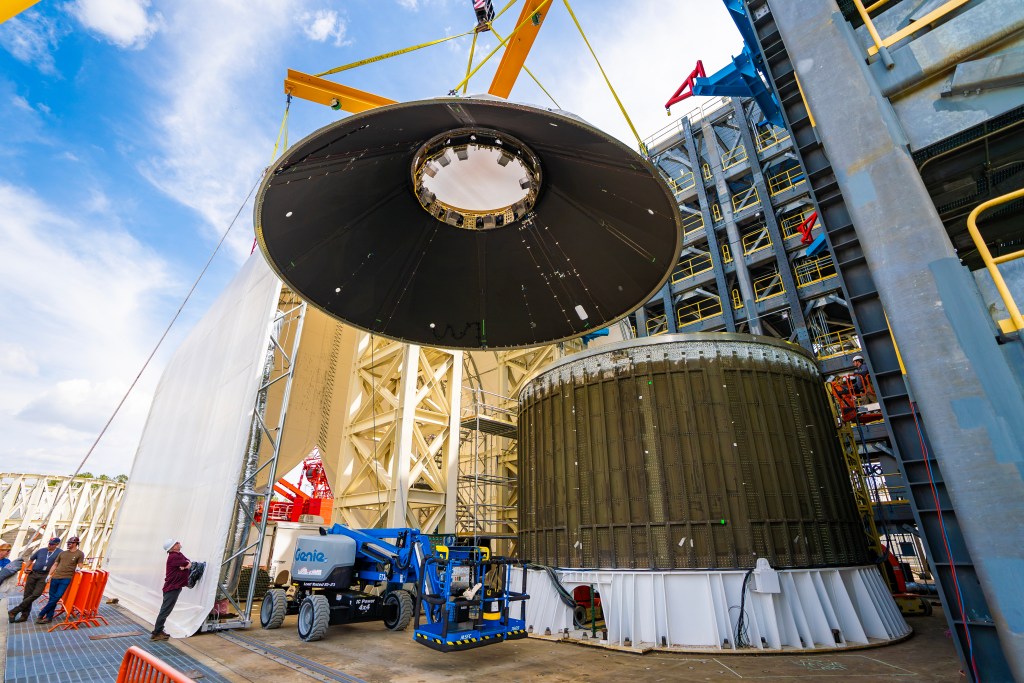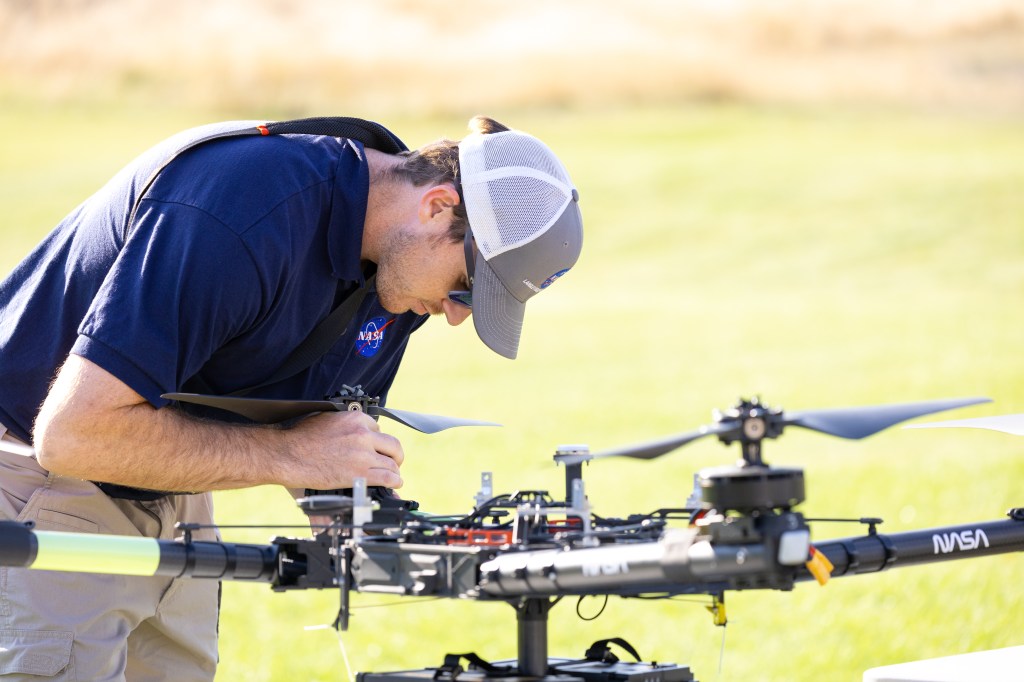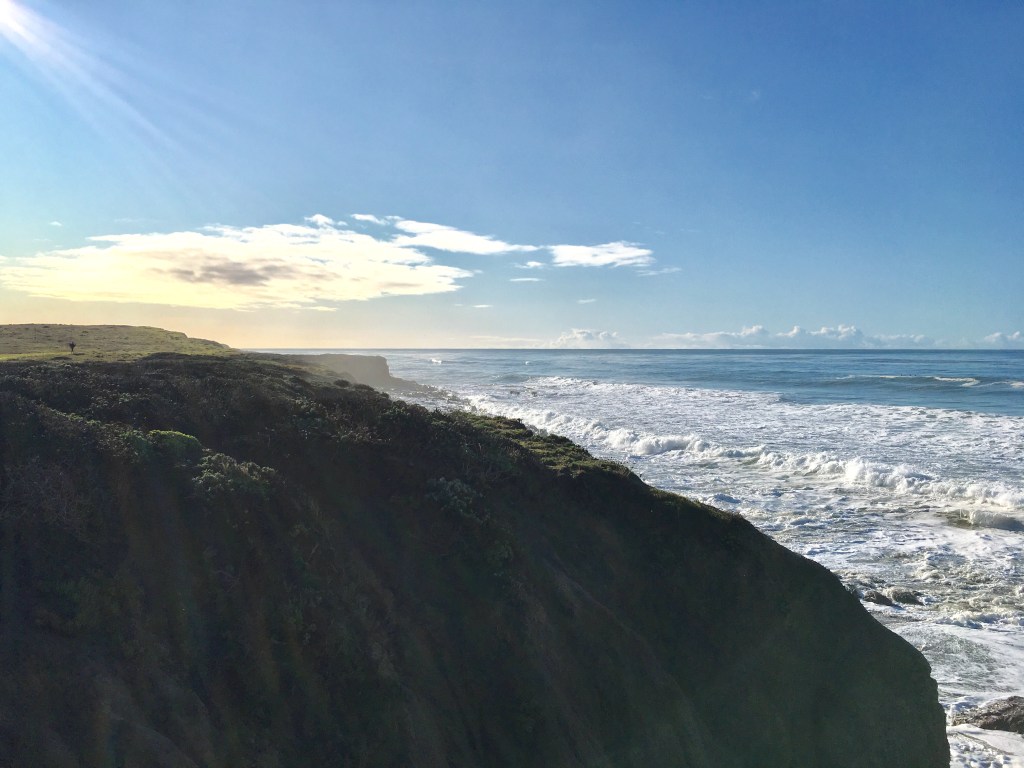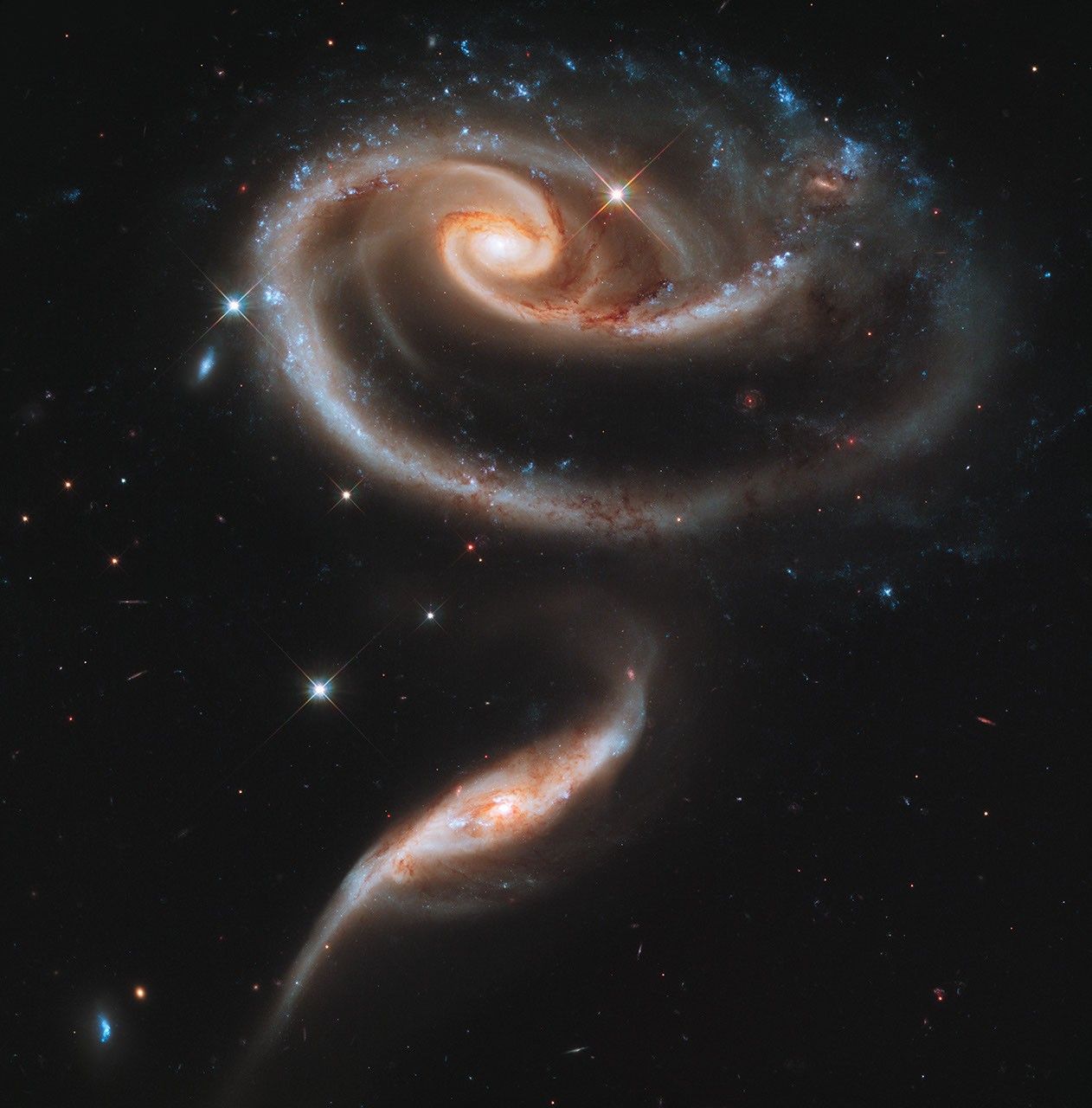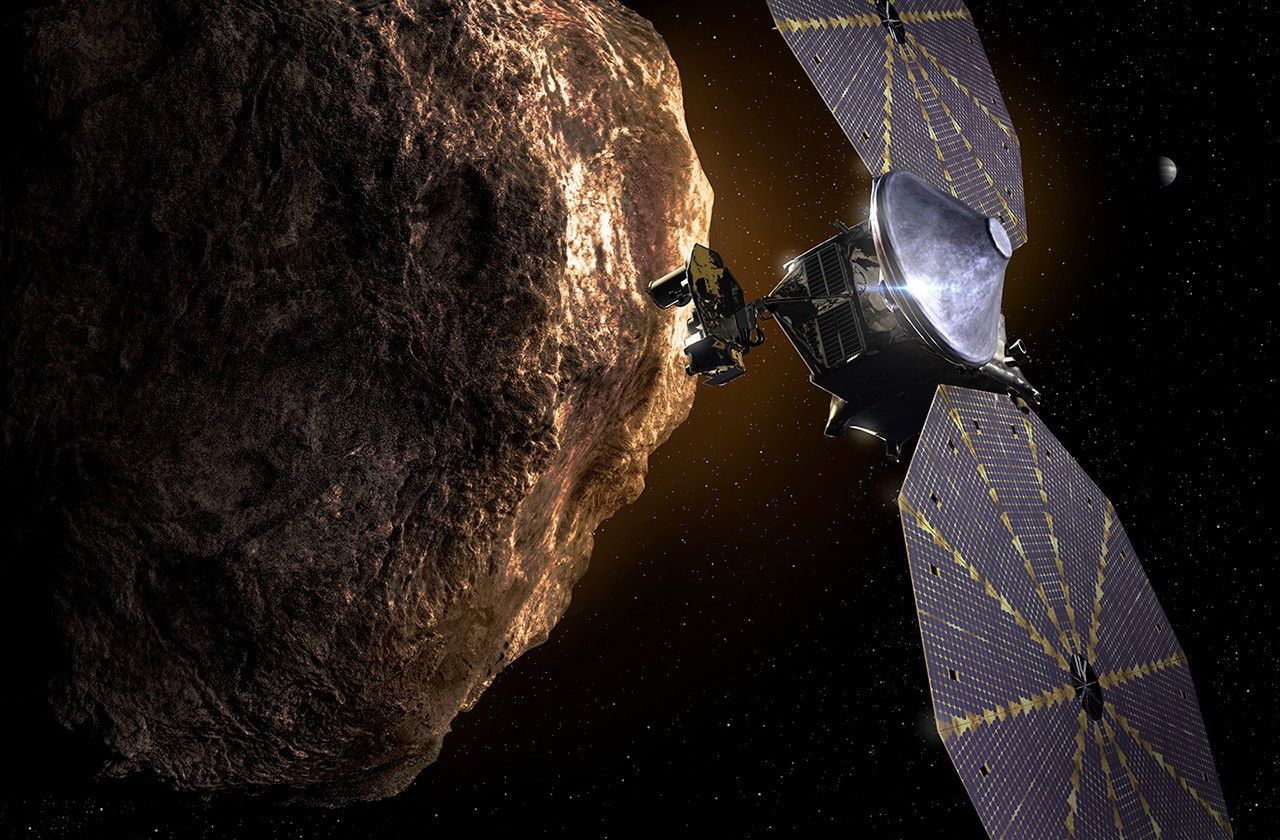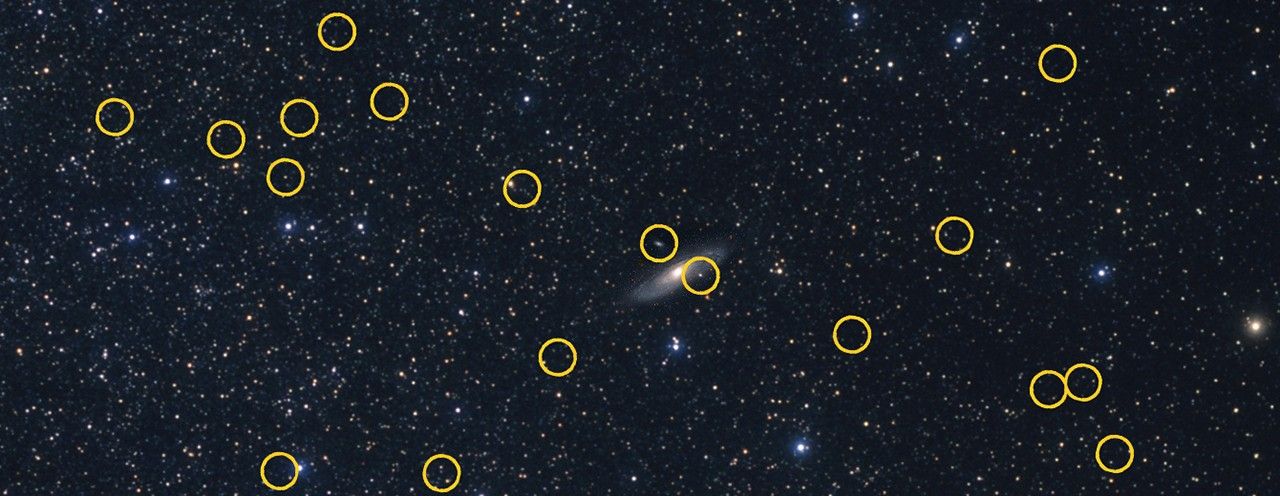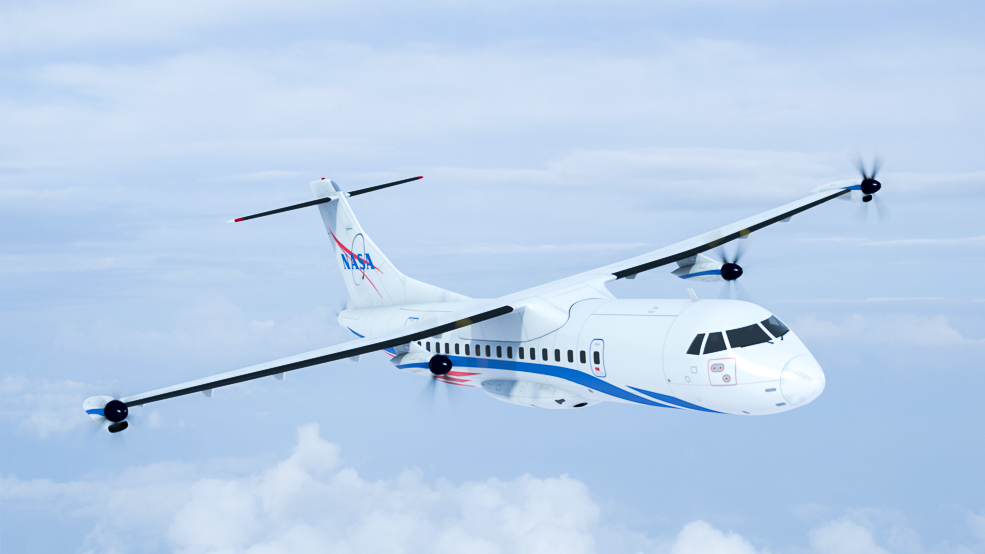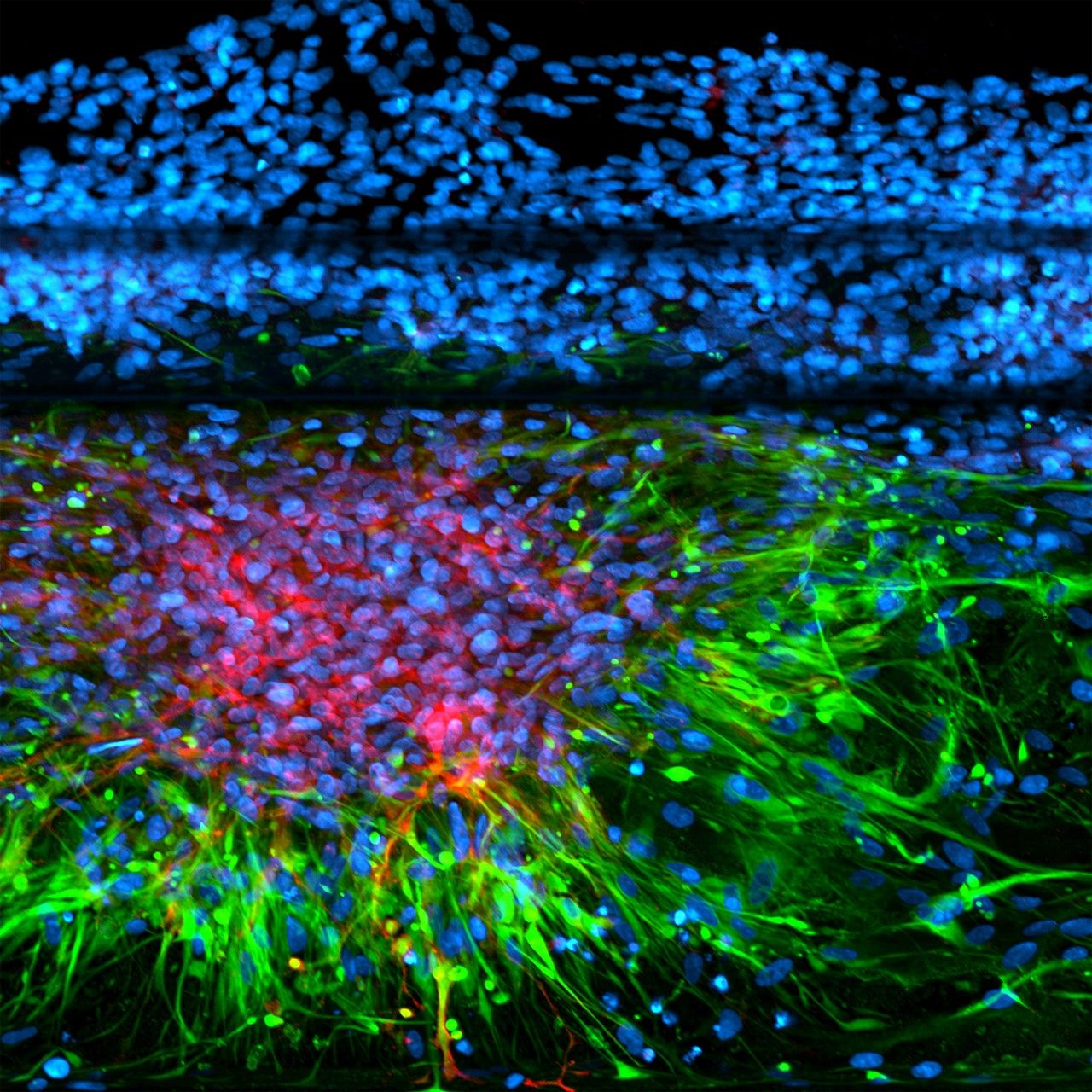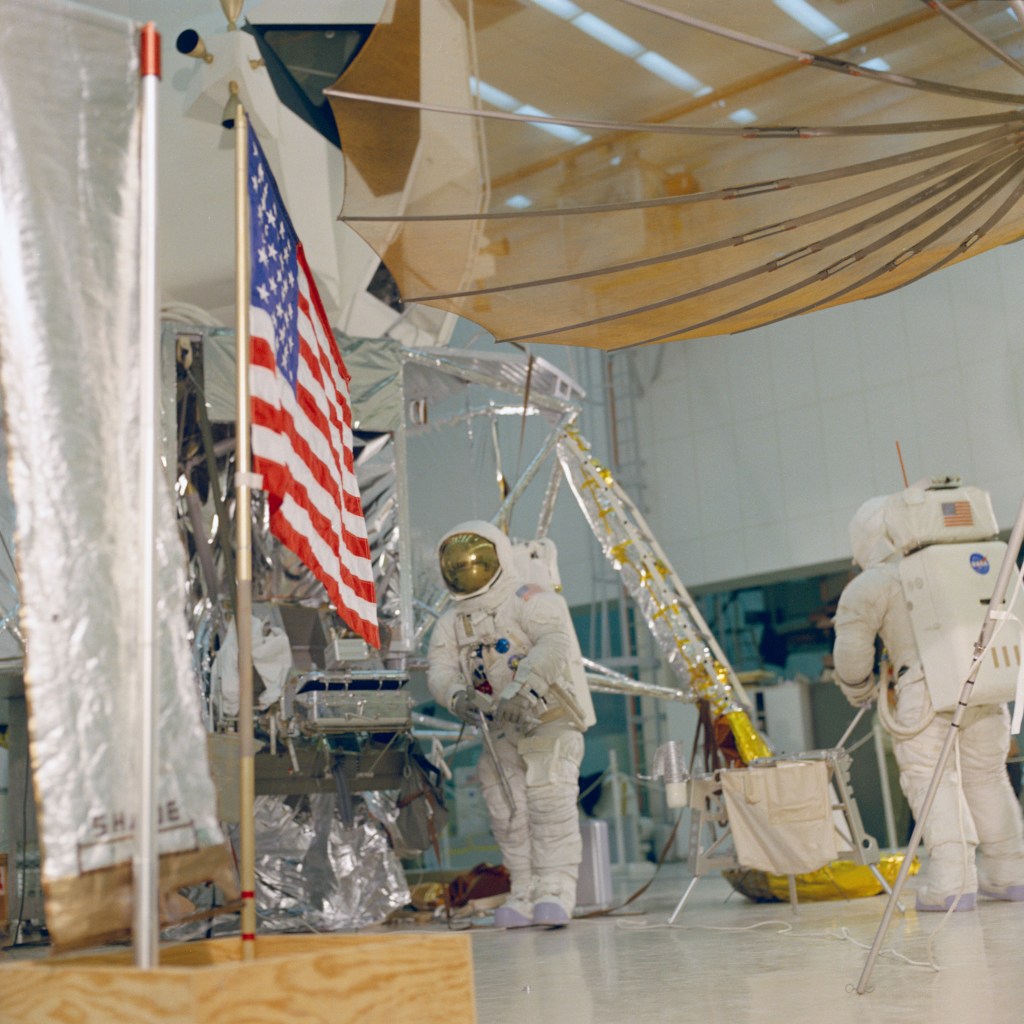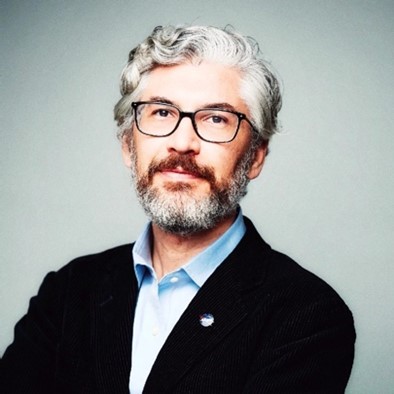
Omid Noroozian
Deputy Chief Technologist for Astrophysics, NASA’s Astrophysics Division, Science Mission Directorate, Washington DC
Education
- Ph.D. (2012) • Electrical Engineering California Institute of Technology
- M.S. (2009) • Applied Physics • California Institute of Technology
- M.Sc. (2006) • Microelectronics • Delft University of Technology
- B.Sc. (2004) • Electrical Engineering • Sharif University of Technology
Current Position
Overseeing NASA’s Astrophysics technology portfolio of grants, contracts, solicitations, and decadal initiatives with an annual budget of~$200M, to enable a coherent program of technology maturation and infusion for upcoming astrophysics missions.

KID detectors could enable background-noise-limited photon counting (graph shown on upper left) on an integrated spectrometer mounted on a cold space telescope, such as envisioned for the Origins concept mission. To achieve this sensitivity, small-volume aluminum inductors (lower image) with large area NbTiN parallel-plate capacitors (middle image) on single-crystal silicon (top right image) can be used
Technology Interests
- Quantum Sensors and Technologies
- Single-Photon Detectors (Far-IR/Sub-mm to UV/Vis/IR to X-ray)
- Integrated Photonic Spectrometers
- Readout technologies for large sensor arrays
- Quantum Electronics and Photonics (e.g. Parametric Amplifiers, Super-Resolution Imaging)
- Cryogenic Instrumentation for Telescopes
- Superconducting Quantum Computing, and synergy with Astrophysics technologies
- Deep Space Quantum Communication, Space-based Internet
Goals and Aspirations
- Broadening my perspective and diversifying my exposure to technologies with the potential for breakthroughs or disruption in NASA’s missions, including astrophysics, planetary science, earth science, quantum information science, fundamental physics, and biology.
- Being an efficient enabler for research, development, and infusion of new tech into NASA’s mission concepts.
- Developing international and interagency partnerships, such as other federal agencies, academia, and private industry, to accelerate technology development and public access.
- Motivating others, especially my kids, to love science and technology, and think critically about the world we live in.

